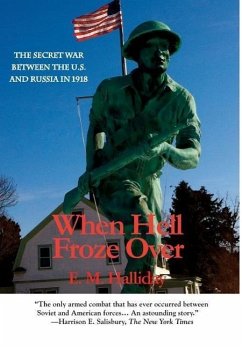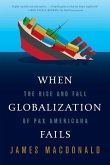On December 31, 1991, across the enormous expanse of Russia, all flags of the Union of Soviet Socialist Republics were officially taken down. The daring experiment of ruling many millions of people in widely different societies under a communist central government, begun by the Bolshevik revolution in November, 1917, had come to an end. One thing that was quite constant during those seventy-four years, as most Americans have been aware, was mutual suspicion and hostility between the USSR and the USA. It did fluctuate to some extent, reaching a lull during World War II as the two nations joined forces to defeat Nazi Germany, but at times rising to a terrifying pitch, with both sides threatening to use nuclear ballistic missiles capable of destroying not only each other, but in effect the entire fabric of world civilization. The world waited in awful suspense in October, 1962, when Soviet ships carrying long-range missiles for installation in Cuba were ordered by Nikita Khrushchev to turn back only after President Kennedy announced that if one missile were launched against America from Cuba, American missiles would retaliate immediately and massively against the USSR. Many citizens of both superpowers have wondered about the basic cause of American-Russian hostility, usually concluding that it derived from the inevitable conflict between the capitalistic and Marxist economic systems, and their consequent political differences. There was truth in this; but historically there was a particular root cause that few had ever heard of. What was Nikita Khrushchev talking about, puzzled Americans asked, when during a visit to the USA in 1959 he said: "We remember the grim days when American soldiers went to our soil, headed by their generals, to help the White Guard ... strangle the new revolution... . Never have any of our soldiers been on American soil, but your soldiers were on Russian soil. These are the facts." This book is an attempt to give a clear account and explanation of those facts. E. M. Halliday was born and raised in Brooklyn, New York, and attended Columbia University and the University of Michigan (where he got a Ph.D. in literature with a dissertation on the novels of Ernest Hemingway). During World War II he was an enlisted reporter for Army newspapers and a field correspondent for Yank, the Army magazine. From 1946 to 1962 he taught literature and history at the University of Michigan, the University of Chicago and North Carolina State. In 1951-1952 he was a Fulbright scholar in France. From 1963 to 1979 he was a senior editor with the history magazine, American Heritage. The author of many magazine and journal articles, he has also written the young adult history Russia in Revolution, John Berryman and the Thirties (a memoir of his long friendship with the poet) and has a book on Thomas Jefferson, Understanding Thomas Jefferson, forthcoming from HarperCollins in the fall of 2000. He lives in New York City with a word processor and a cat.
Hinweis: Dieser Artikel kann nur an eine deutsche Lieferadresse ausgeliefert werden.
Hinweis: Dieser Artikel kann nur an eine deutsche Lieferadresse ausgeliefert werden.








